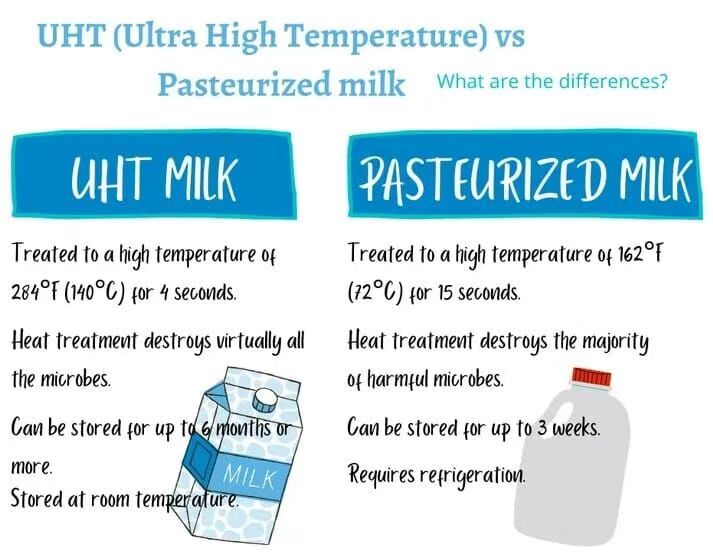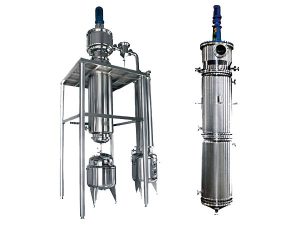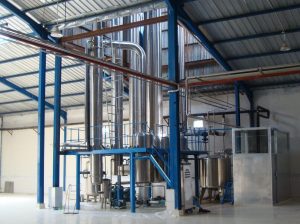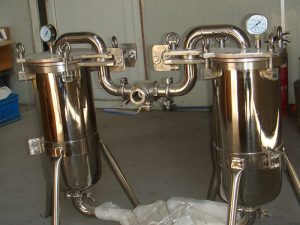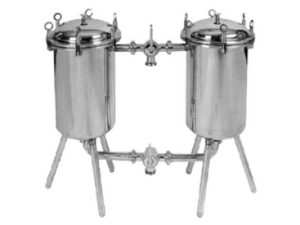In today’s dairy industry, UHT or Ultra Heat Treated milk has become a popular choice due to its long shelf life and convenience. But what exactly does UHT processed mean? In this article, we will explain the meaning of UHT, how the process works, and why it matters for consumers and manufacturers alike.
Table of Contents
ToggleWhat Does UHT Processed Mean?
UHT stands for Ultra High Temperature processing, a method where milk or other dairy products are heated to a very high temperature—typically around 137°C (279°F)—for a very short time, usually about 2 to 4 seconds. This intense heat treatment kills all harmful bacteria and microorganisms, making the milk safe to drink without refrigeration until opened.
The process is also known as ultra-pasteurization and is different from traditional pasteurization, which uses lower temperatures over longer times.
How Is UHT Processing Done?
UHT processing involves several key steps:
-
Preheating: The milk is warmed up to prepare it for sterilization.
-
Heating to Ultra High Temperature: Milk is rapidly heated to about 137°C for 2-4 seconds.
-
Rapid Cooling: The milk is quickly cooled down to preserve its taste and nutrients.
-
Aseptic Packaging: The milk is packaged in sterile, airtight containers to prevent contamination.
This process ensures that UHT milk has a shelf life of 30 to 90 days without refrigeration, making it ideal for long-distance transportation and storage.
What is UHT Processed Milk Used For?
Besides regular white milk, UHT processing is applied to:
-
Flavored milks
-
Creams
-
Buttermilk
-
Plant-based milks like soy milk
-
Fruit juices and concentrates
-
Baby foods
The versatility of UHT makes it a vital technology across many food and beverage sectors.
Benefits of UHT Milk
-
Extended Shelf Life: Lasts months without refrigeration until opened.
-
Food Safety: Kills harmful bacteria and spores effectively.
-
Nutritional Retention: Minimal impact on vitamins and proteins due to quick heating.
-
Convenience: No need for constant refrigeration until opened.
What Is the Difference Between UHT and Regular Pasteurization?
Regular pasteurization heats milk to about 72°C for 15 seconds (High Temperature Short Time – HTST), which kills most bacteria but requires refrigeration and has a shorter shelf life (usually around 1-2 weeks).
UHT, on the other hand, uses a much higher temperature for a shorter time, allowing milk to be shelf-stable for months when unopened.
Conclusion
The meaning of UHT lies in its ability to provide safe, long-lasting milk products through ultra-high-temperature processing. Understanding what UHT processed means helps consumers appreciate the technology behind the milk they drink every day and makes it clear why UHT milk is a popular and practical choice worldwide.
If you’re looking for reliable UHT processing equipment or want to learn more about ultra heat treated products, consulting with experienced manufacturers ensures you get the best solutions tailored to your needs.

